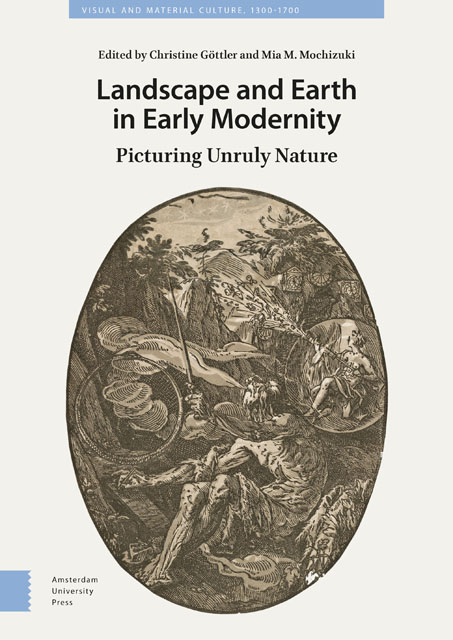4 - Unruly Indigo? Plants, Plantations, and Partitions
Published online by Cambridge University Press: 20 June 2023
Summary
Abstract
Can landscapes be unruly? Taking my cue from this question, my essay looks at indigo plantations in colonial Bengal as dynamic sites of negotiations between plants, land, and human bodies. Specifically, it analyzes how material, spatial, and corporeal engagements with the indigo plant rendered plantations unruly landscapes. Finally, it follows the unruliness of plantations to the colonial city of Calcutta where the violence of plantation life made its way into the social spaces of the city's elite. Interwoven with plantations and the plantocracy, the urban trajectories through which indigo dye was ushered through the cityscape became sites of resistance and revolt, turning Calcutta itself into an unruly metropolitan landscape.
Keywords: indigo; plantation; labor; planter; Calcutta; Bengal
Can landscapes be unruly? Colonial records are filled with accounts of disobedient natives, “lazy” coolies, and reluctant officials. But landscapes were seen as no less recalcitrant sites ripe for surveying, improving, cultivating, and profit-making. And no other landscape exemplified the orderly taming of plants and bodies as the colonial plantation whose very purpose, in S. Max Edelson's words, was to change “a place of wild generation” into “a space of refined cultivation.” Plantations often hark back to the dense forests that once cascaded across their cultivated expanse: quintessentially unruly spaces filled with plants and animals that challenged the limits of human intervention. By transforming this wilderness into monoculture landscapes, planters cordoned themselves off from what they perceived as the savage, positioning themselves instead as civilized entrepreneurs who were “remade and refined” by “harness[ing] nature's abundance for profit.” But were plantations truly tamed landscapes? Or did their plant and human occupants continue to resist, challenge, and dismantle their cultural ecologies and political economies?
Plantations disclose the human desire to commoditize nature on an ambitious scale. Here, plants and people submit to technologies and cultivation practices to create productive landscapes and generate commercial profit. To disrupt the orderliness upon which plantations and their economies rely is to render their landscapes unmanageable, not in the sense of the wild and unpredictable jungle, but rather, as contested sites of unrest and revolt. Unruliness, the focal point of this volume of essays, therefore needs to be read through the material, spatial, and corporeal engagements that make up those geographies.
- Type
- Chapter
- Information
- Landscape and Earth in Early ModernityPicturing Unruly Nature, pp. 181 - 208Publisher: Amsterdam University PressPrint publication year: 2022

